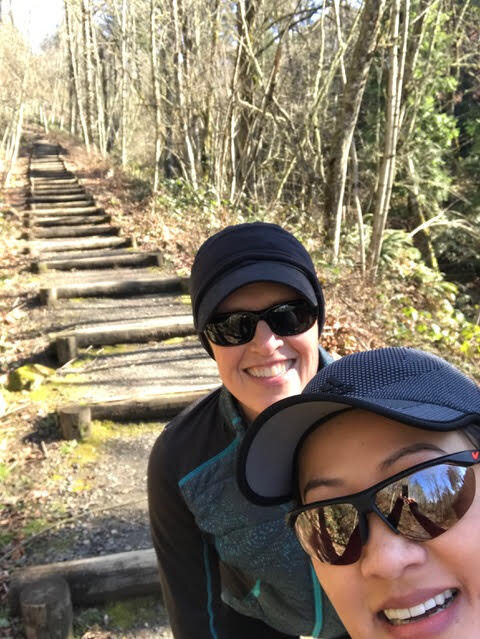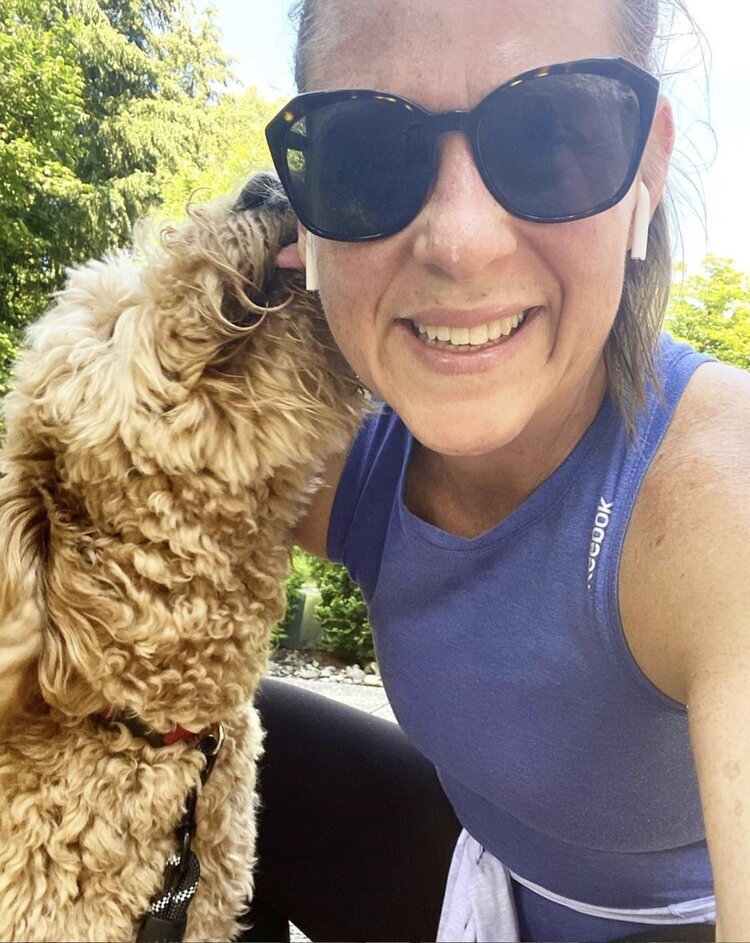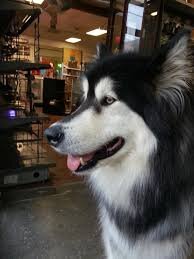Imagine the surprise of Washington Women‘s Foundation founder Colleen Willoughby when the headline “Charity Belle” appeared on a 1998 People magazine article about the group’s 25th anniversary.
“She was horrified,” said her friend Paula Liang, a founding member of the Women’s Giving Alliance in Jacksonville, Fla.
Sexist headlines notwithstanding, print still carried some heft back then. People magazine enjoyed eternal life in dentists’ offices and hair salons. Women from around the country began contacting Willoughby, telling her about their collective giving circles or asking her how to establish one. After about 10 years, it became clear that a network was afoot.
After an initial meeting in 2009, the Women’s Collective Giving Network was born. Sometimes it takes a while to get the baby’s name right, and when the group was unable to trademark the name “Catalist,” the canopy organization that represents more than 17,500 women worldwide and more than 75 member affiliates, also worldwide, was rechristened as Philanos.
Liang, the board chair of Philanos, bristled slightly at the suggestion that the new name sounds like a pharmaceutical company, or maybe one of those prescription drugs whose side effects include scarier conditions than the reason you’re taking it. In fact, she said, “Phila” is the Greek root for “philanthropy,” and “nos” means “us” in Greek. Get it? Philanthropy-r-us.
This name seems bound to stick, as Liang reported that Philanos has just completed the first round of review with the U.S. Patent and Trademark Office, “the only functioning arm of the U.S. government.”
Earlier this year, just before large gatherings went dark with the arrival of the corona virus, Philanos held its ninth conference in Seattle. A delegation from ninety-nine girlfriends was among those in attendance.
Philanos estimates that its member organizations have granted more than $140 million to nonprofit organizations.
With her home community of Jacksonville smacked broadside by Covid 19, Liang and her husband hightailed it to their ski house in Vermont. In a phone interview from her mountainside aerie, she discussed both the changing face of women’s philanthropy and the stunning potential of collective giving.
Gone are the “charity belle” days when wealthy white women won admission to what amounted to sororities for grown-ups and earned their cred by selling fancy label castoffs in the groups’ thrift stores or sponsoring tables at black-tie galas. Or as Liang put it, “so much for bake sales.”
While many of today’s collective giving circles, such as ninety-nine girlfriends, set a substantial bar for joining in order to maximize grant amounts, “the goal now is to bring a lot more folks in at a smaller figure,” Liang said.
“You can have as much impact in the aggregate,” she went on, adding, “there’s a lot of talk about time, talent, treasure and testimony.”
Just this past April, Philanos itself became part of PhilanthropyTogether.org, an effort launched with $2 million from the Bill and Melinda Gates Foundation. Along with seeking to triple overall collective giving within the next five years, the new umbrella group is hosting webinars led by grass-roots organizations around the country. Among the topics: community practice around racial equity. Ninety-nine girlfriends’ members are eligible to sign up for these sessions, via www.philanthropytogether.org.
– Elizabeth Mehren











